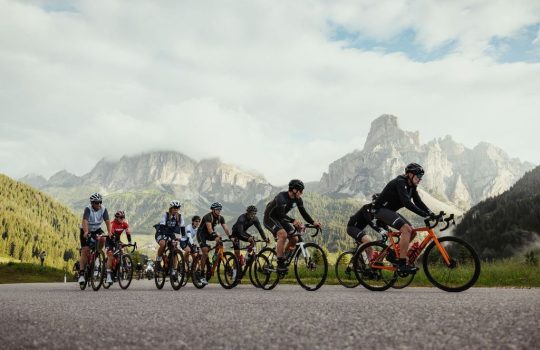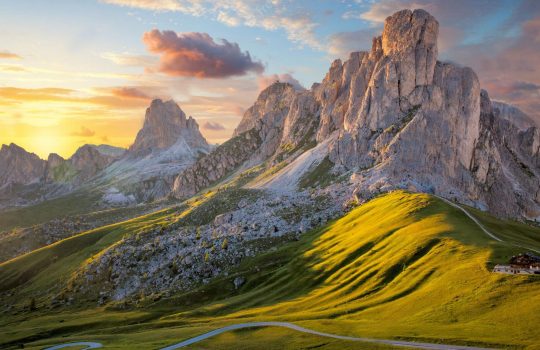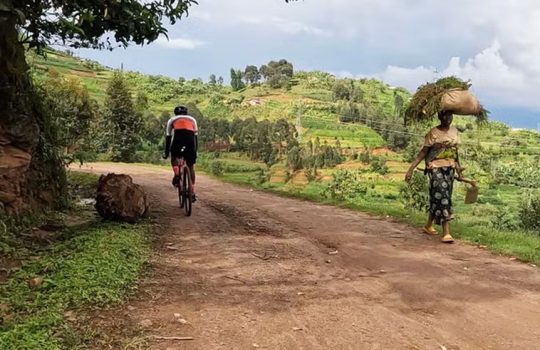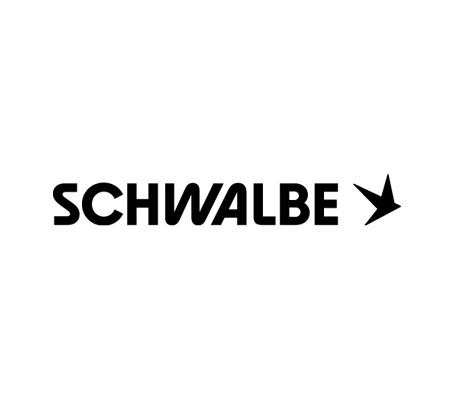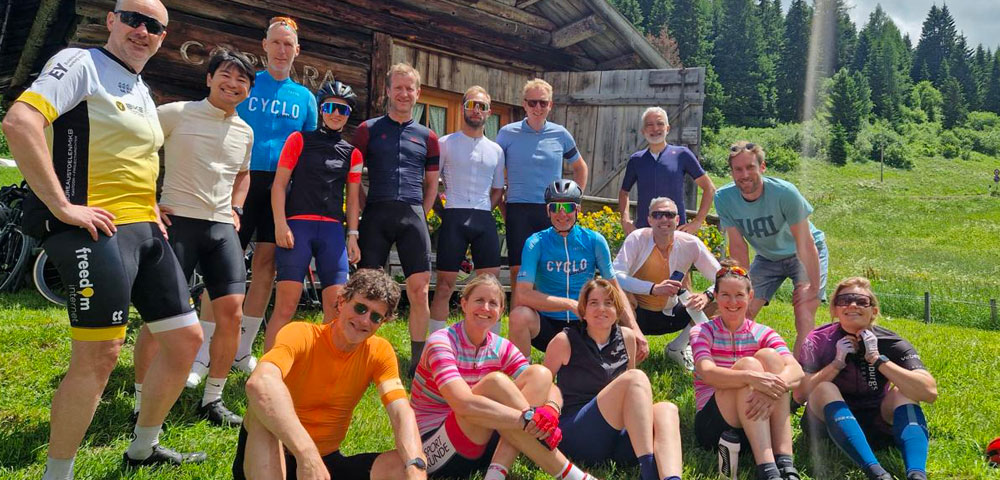The Zoncolan is not a mountain. A monster that will make you afraid of heights!
Tomorrow in the 14th stage of the Giro, the riders will travel from Cittadella to the top of the Zoncolan. The ride is 205 kilometers with an elevation gain of 3,700 meters. The devil is in the tail. Then the Zoncolan is on the program. The last 3 kilometers of this monster go up almost vertically at an average of 13%.
Text: Gerrit Vermeulen
The goat path is so steep that you get vertigo when you look over your shoulder.
It is the seventh time that Zoncolan has participated in the Tour of Italy. This resulted in victories for Gilberto Simoni (2003 and 2007), Ivan Basso (2010), Igor Anton (2011), Michael Rogers (2014) and Chris Froome (2018). Except for the first time, the Zoncolan in the Giro was always climbed from Ovaro. For example, the mountain is equivalent to 10.1 kilometers of buffaloing at 11.9%. The riders will be spared that violence this year, because the final climb starts in Sutrio. That means cycling uphill for 14.1 kilometers at an average gradient of 8.5%. Also heavy, but less so. Until the last 3 kilometers. Because then the asphalt simply points upwards at 13% – average!
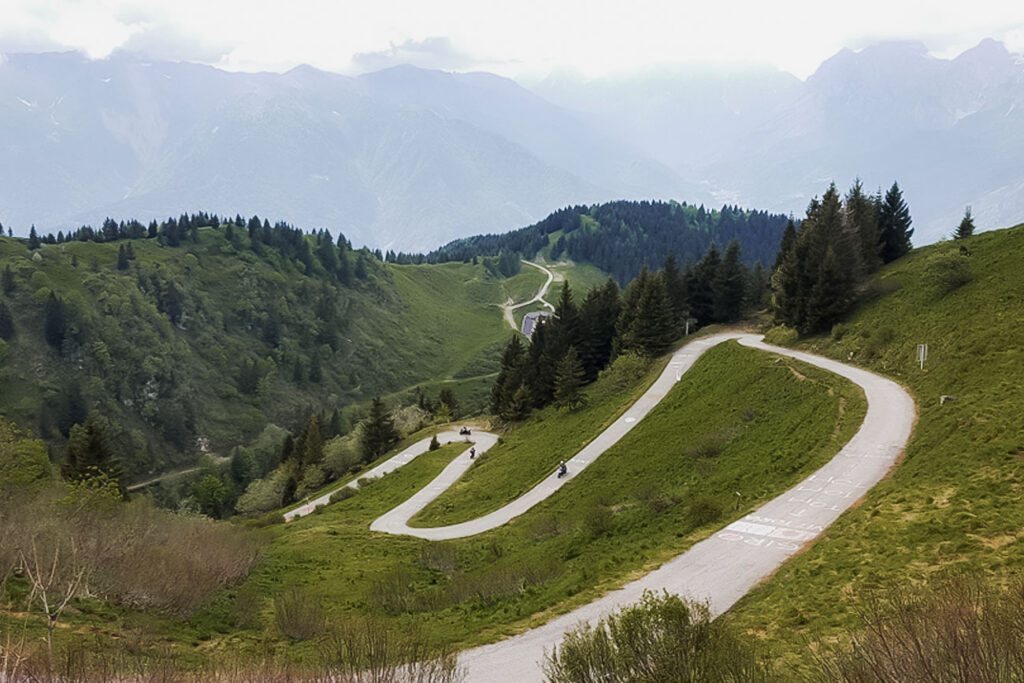
From Ovaro
What awaits you when you start the climb from Ovaro? Thijs Zonneveld described it aptly in one of his columns. “The Zoncolan is not a mountain. It's a monster. It's not without reason that it was given a name that sounds like a medieval beast that crawled through the shadows at dusk, looking for something or someone to satisfy its bloodlust. The climb is endless torture. The goat path is so steep that you get vertigo when you look over your shoulder.”
The average gradient is 11.5 percent. For comparison: that is as much as the steepest part of the Cauberg. But on the Cauberg it takes a hundred meters – on the Zoncolan almost eleven kilometers!
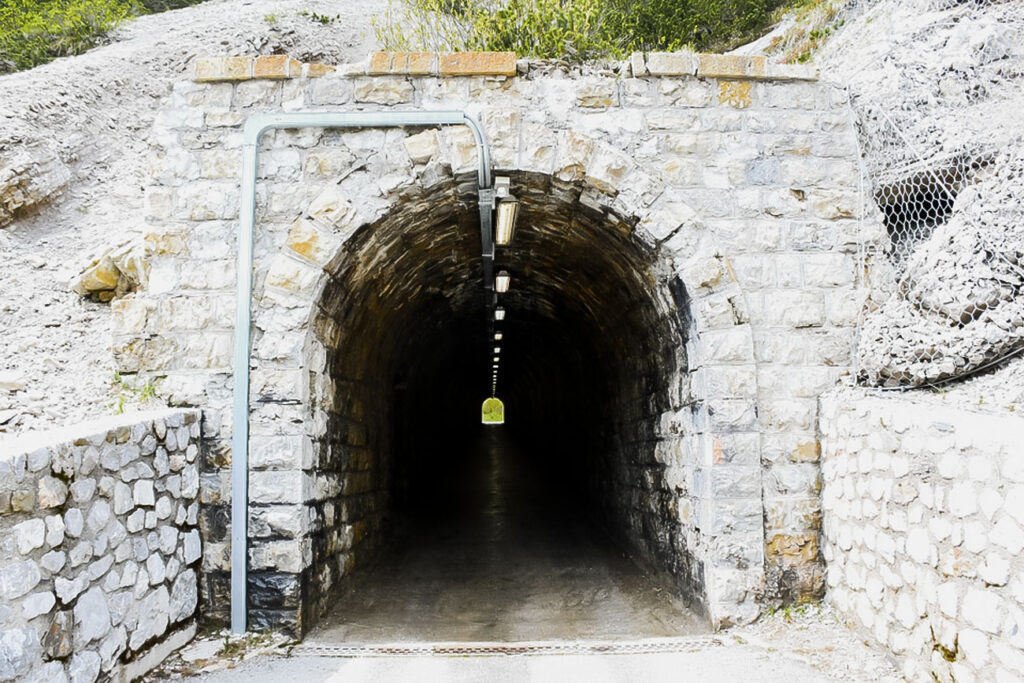
From Sutrio
What awaits you when you start the climb from Sutrio? This is the “easy” side. But don't be fooled. Because here too you climb steeper than on most famous mountains. However, the number of elevation meters is the same on both sides (approx. 1200 meters). This way you still end up with a respectable average of almost 9%. In which more than one and a half kilometers is almost flat. That means the average for the rest of the climb is more than 10%.

The approach from Sutrio may be friendlier than from Ovaro. In some places you still have to overcome a gradient of up to 13%. But unlike 'the other side' of the mountain, there are now areas in which you can recover. For example, just before the ski station, a few kilometers from about 4%. After that it's steaming up to the top, on average 13 to 14%, with pieces up to more than 20%. The reward awaits you at the top with a beautiful view of the other, well-known side of this monster. Congratulations!
